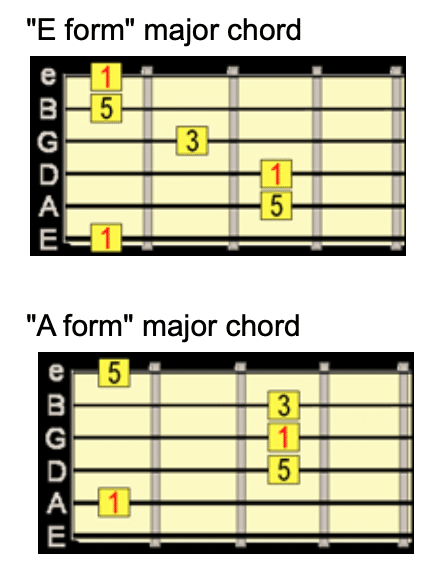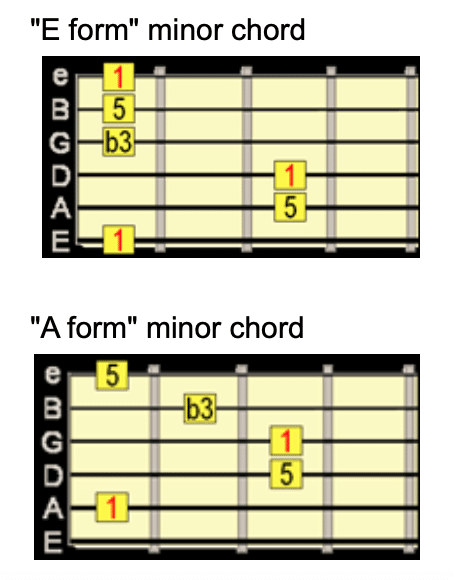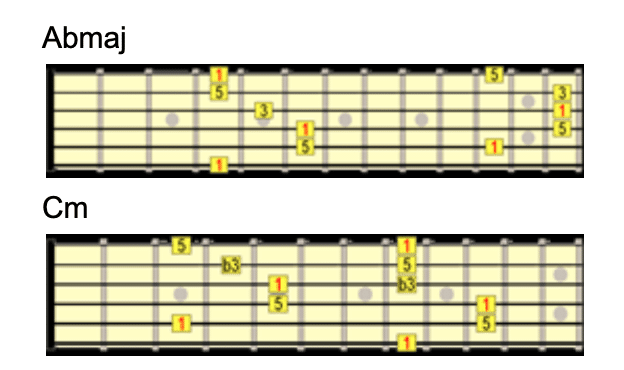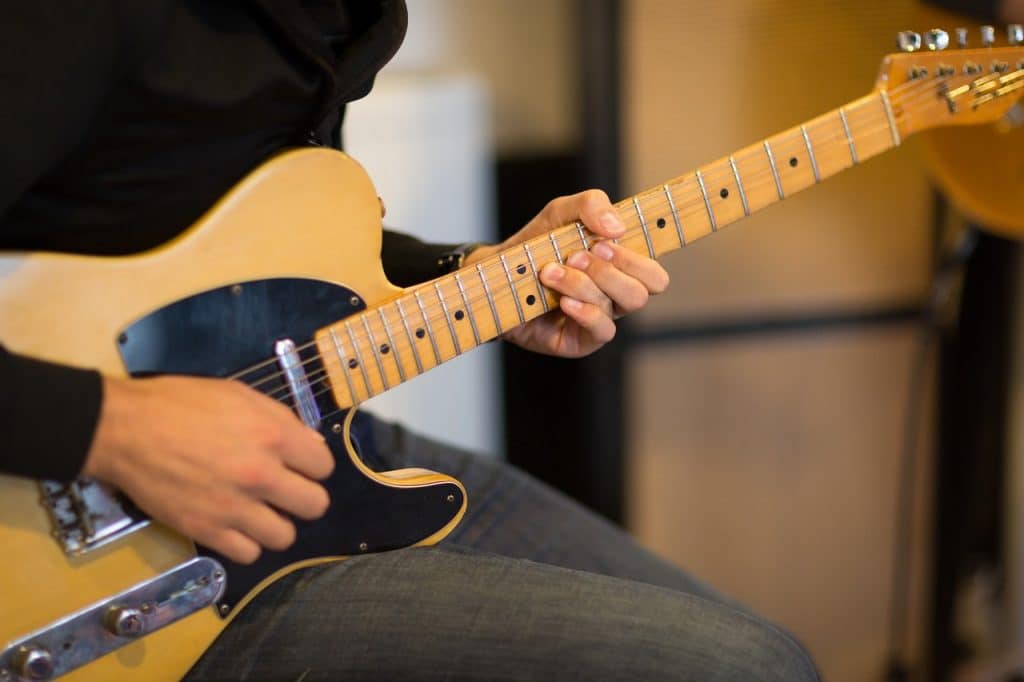If you are aiming to be a great guitar player, a solo guitarist, or even start writing your own licks, learning the guitar chords is a vital first step. Using chords while playing your guitar or essentially playing a solo means you play both practically and theoretically. “Chord” refers to a combination of three or more notes played together by strumming your guitar strings. Reading the below, you’ll see that playing lead harmony over chords is crucial than you may realize.
How will learning chords help you?
-To understand the songs better
-To improvise the music
-Helps you memorize arpeggios better
-And also to compose your own songs/solos
Soloing is a direct spotlight moment, and there are certain lead techniques and theories to follow in order to capture the attention of the audience leaving an everlasting impression.
Applying scales over single chords – most logical start..
Scales & chords are built from tones & intervals. By knowing the intervals, you can balance the chord with a scale that uses the same tones. Before we head to the theory, let me start by listing you down a few important tips that may come in handy when you work hard towards mastering your solo skills.
- Key of your solo
Solo is a musical conversation. During a conversation, you don’t usually barge in and start a whole different topic all of a sudden, and even if you do, the chances are that it would be a distraction to the actual topic breaking the concentration of the listeners. Soloing is somewhat the same. You need a good structure for your solo. For which, before anything else, you need to identify a root/bass note to establish the key of your solo. This is defined by the root note of that chord, which in turn becomes the root note of any scale you might use. It’s also called the “bass note” and is often the lowest note in the chord, commonly the low E, A, or D string on your guitar.
- Identify basic (triad) chord type
There are four basic qualities of triads and they are; major (1-3-5), minor (1-♭3-5), diminished (1-♭3-♭5), and augmented (1-3-♯5).
- Intervals
Your solo can be made more interesting by adding sufficient intervals. Pausing here and there will give the audience a break to capture it better. Don’t fear the silence in between.
- Recurring theme
A recurring theme will help you to tie everything in your solo and whole performance together, giving it a cohesive feel.
- Playing over chord changes
You should be changing your notes in your solo to match the chords in your song.
The Theory;
The base of your soloing techniques consists of bends, legato, speed, timing, etc. The easiest way to play your guitar solo using chords and over chord changes is by visualizing the chord progression in the form of chord shapes.
Let’s start by using the E and A form barre chord shapes;
“E form” major chord


You should be confident in the major and minor triads in any key. Locate each chord in the progression.
Note: When selecting your chord shapes, try and choose the ones that are close to the previous and next chords.
Chord in the progression: Ex: Amaj / Emaj / Bm / Dmaj


Once you have successfully identified your chord shapes/tones, you may start playing chords in progression one chord tone at a time.
Ex: For Abmaj- play either the root, 3rd, or 5th of that chord. play the root 3rd or 5th of the chord that changes, etc. You can also use your 7th chord shapes (e.g. Cmaj7, C7, Cm7) as a tone if you know that already.
Minor keys
Use the same process, find the chord tones using E and A chord shapes, and continue playing through one note per chord. If you know your notes across the fretboard and the basics, this wouldn’t be complicated.
It’s highly recommended that you stick to the basics and practice until you remember the shapes and you can conveniently distinguish the tones and chord progressions, before moving on to any of the chord extensions (advanced level).
Tension & Resolution
A good solo contains tension & resolution. During your solo play, there could be a lot of tension that gets resolved to achieve the final resolution at the end. The strongest resolution of all is created by playing the root of the key over the key-chord.
Pentatonic scale
Pentatonic scales are about the easiest scales to learn and are very versatile. They come in two tonalities; Minor & Major.
Using the Pentatonic scale to solo over a song;
The root on the Pentatonic minor scale is the first note on the 6th string.
For instance, the 6th string-5th fret is an A. Use your index finger on this fret to start a Pentatonic minor. If you want to move this to A major, just slide your hand up the fretboard towards the nut, so your pinky finger is now playing the 6th string-5th fret. Your index finger is now on the 6th string 2nd fret. This is not the beginning of the A major Pentatonic. Your pinky finger on the A on the 6th string 5th fret is the first note. Now, play the same Pentatonic pattern for A major.
Repeat!
You can choose your favorite songs to solo over, using the easy Pentatonic scale and practice over and over again. This is not only fun, but it will also practice your hands and mind to the chord shapes and patterns and will make you start performing already. Along the way, you can start learning other patterns and extensions as well, and don’t forget to record your progress at each step. Eventually, before too long, you will start surprising yourself with amazing soloing skills in you which you are starting to master from now onwards.
Bonus Tips:
- Your guitar solo must be the highlight of the song. Make it memorable!
- Consider intervals and silence in between. Play when you breath-out and stop when you breath-in. The most basic pattern goes with any style.
- Play less in the beginning and as your solo progresses, add your best licks. Give it a dynamic lift making your solo the hero of the song.
- Consider your guitar & guitar tone. Ex: a clean sound wouldn’t go well for heavy metal tracks.
- Use arpeggios to support the chord changes- the center of gravity

